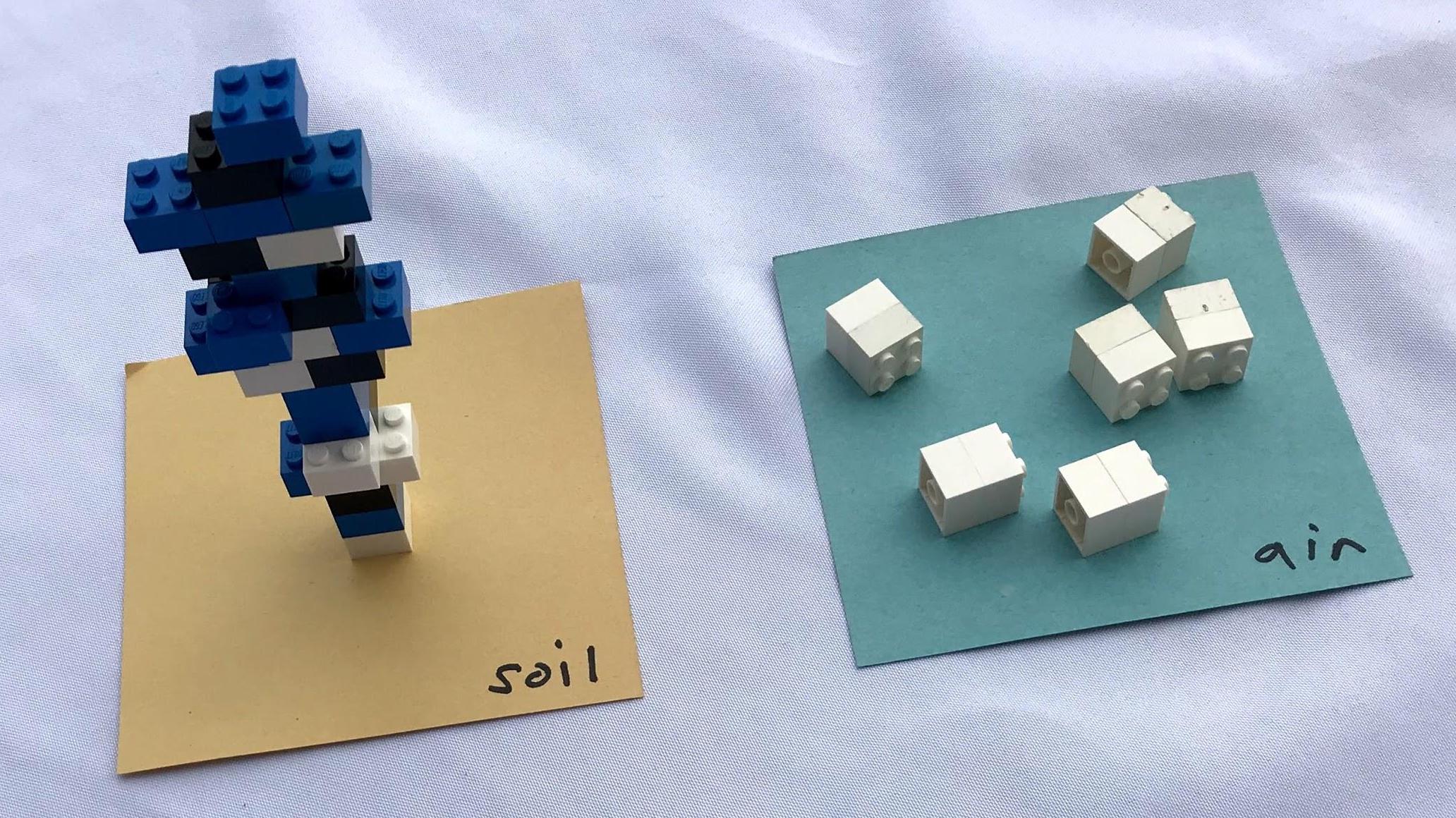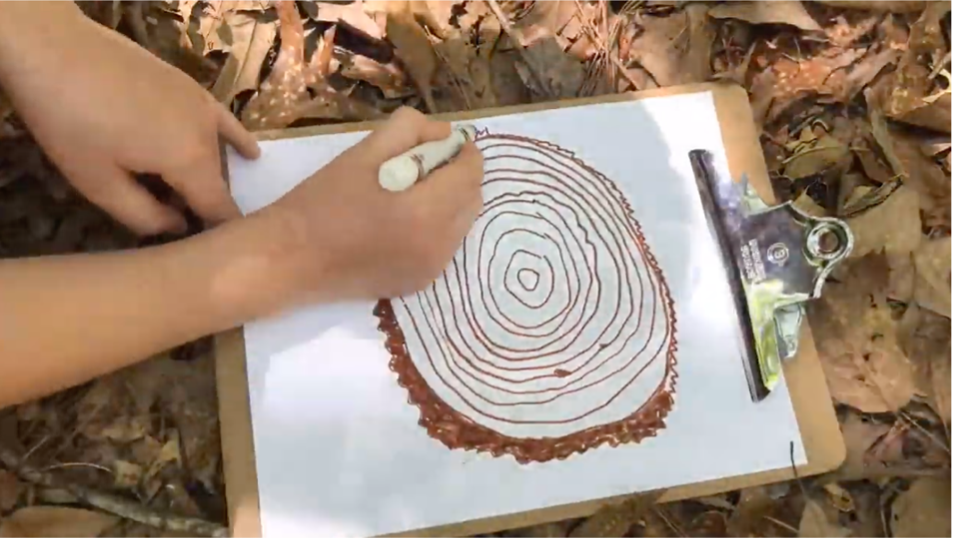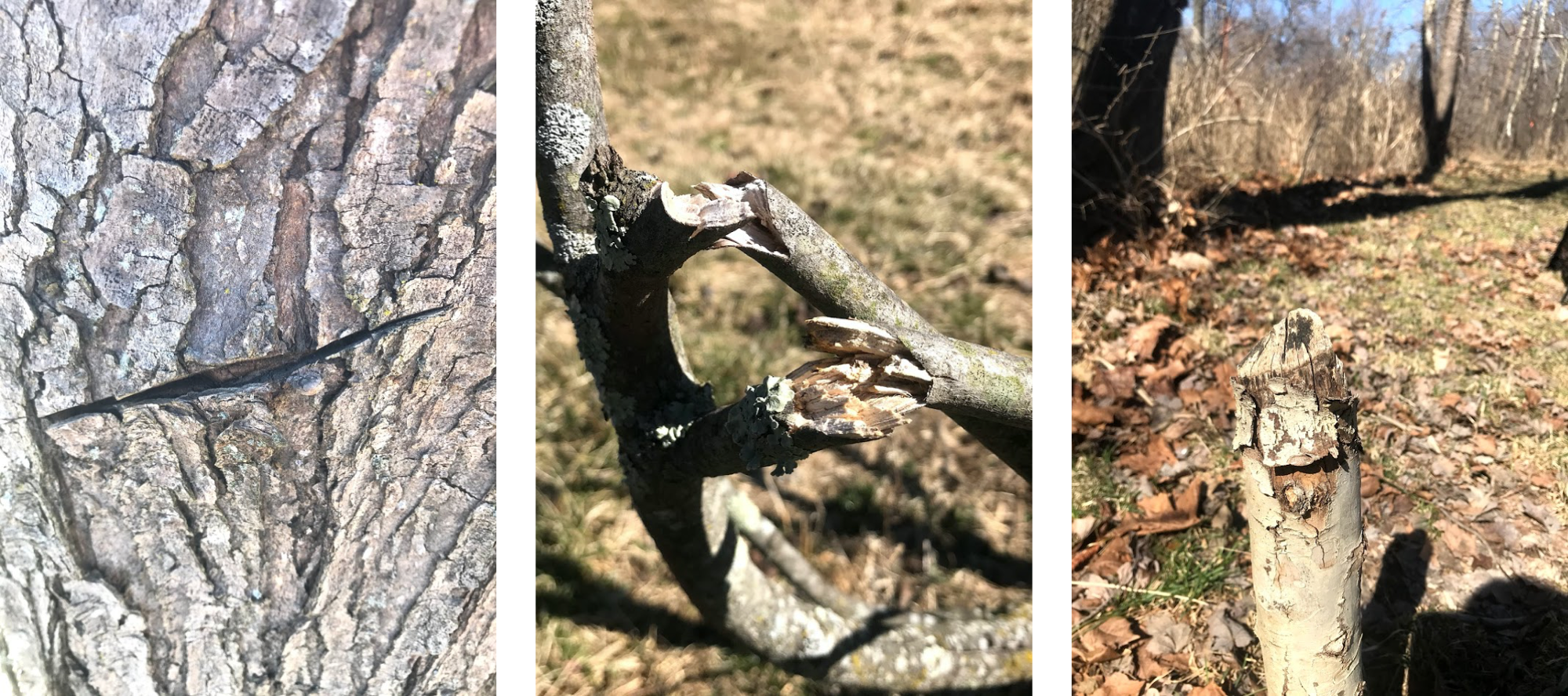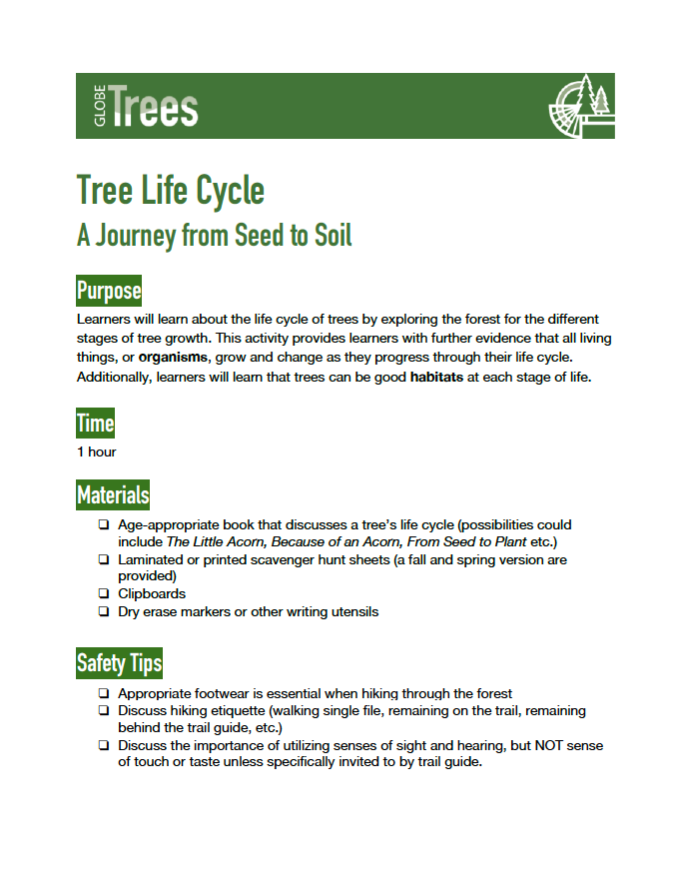Trees Activities - GLOBE Observer
Activities
Find tree-related activities to integrate into carts, demonstrations, classes and more.
Simple Instructions for how to build a paper clinometer (an instrument used to measure angles) and use it to calculate the height of a tree.

Building Blocks: A Demonstration of How Trees Grow
This activity uses building blocks to demonstrate where trees get the materials they need to grow.
Freeze/Thaw - The Breathing Boreal Forest
In this activity students play the role of coniferous trees. First they learn about seasonal freeze/thaw cycles and dormancy through a game of tag. Students then juggle complex environmental factors to try to survive a growing season in a changing climate. Connections between freeze/thaw cycles, photosynthesis and the global carbon cycle are explored.
Observation Stations are typically 2' concrete stickers, from which citizen scientists can take observations using the GLOBE Observer app. Observing from a station provides additional information that allows our team to study things like change over time or the accuracy of the app. Download the template file and check out the Facilitator's Guide for guidance on customizing and placing your stations.
Seeing Trees in 2D and 3D: A Demonstration of Forest Extent and Tree Height
This activity uses building bricks to explain the different ways that scientists study forests from space, and why it is important to have multiple types of data.

Stories Trees Tell: Learning the Language of Our Tall Forest Friends
This activity will help you understand how dendrochronology, or the study of data from tree ring growth, can help us to understand more about a tree’s age along with trauma and environmental events it has encountered over the course of its lifetime.

Just like people can be healthy or sick, so can trees! Experts who study trees (called arborists) look for symptoms in trees to determine whether they are healthy or not. This activity guides you through looking for some of these indicators in a tree near you. The one-pager version of the activity is self-contained, with all the instructions included as part of the worksheet. The guide version has the instructions separated from the worksheet and includes a few more examples, which may be more useful for a facilitator leading a group activity, or when the extra text on the workshop would be a distraction, as for younger children.
Tree Height Comparisons: A Hand-Held Clinometer vs. the NASA GLOBE Observer Trees Tool
Taking great measurements and observations of tree height is vital to the accuracy of the science, to the comparison of the data to that of ICESat-2 and GEDI, and to the understanding of local to global impacts of trees on the environment. The objective is to do a comparison of the tree height measurements using a hand-held paper clinometer versus the NASA GLOBE Observer Trees Tool for citizen science and to explain any differences between the two measurement methods.

Tree Life Cycle: A Journey from Seed to Soil
Learn about the life cycle of trees by exploring the forest for the different stages of tree growth. This activity provides learners with further evidence that all living things grow and change as they progress through their life cycle, and that trees can be good habitats at each stage of life.









